How do I get ivy suckers off my siding?

Related Discussions
How to get rid of mice?
We seem to have some unwelcome Mickeys and Minnies in our house. What is the best way to get rid of them?
How to remove popcorn ceiling with asbestos?
I want to remove my popcorn ceiling, but it has asbestos in it. How do I go about this safely?
How to caulk baseboard gaps?
How do I fill gaps at baseboard, should I caulk? If so, does anyone know how to caulk baseboards?
How to fix squeaky hardwood floors?
How do I fix squeaky hardwood floors?
Command strips: why do they pull the paint off when I remove them?
Best wall primer to make paint last!Avoid peeling wall paint with this acrylic wall primer that Amazon reviewers swear by!
How do I remove & replace the plaster going up my stairs?
We have plaster on our walls & I want to change it so bad, really going up my steps.
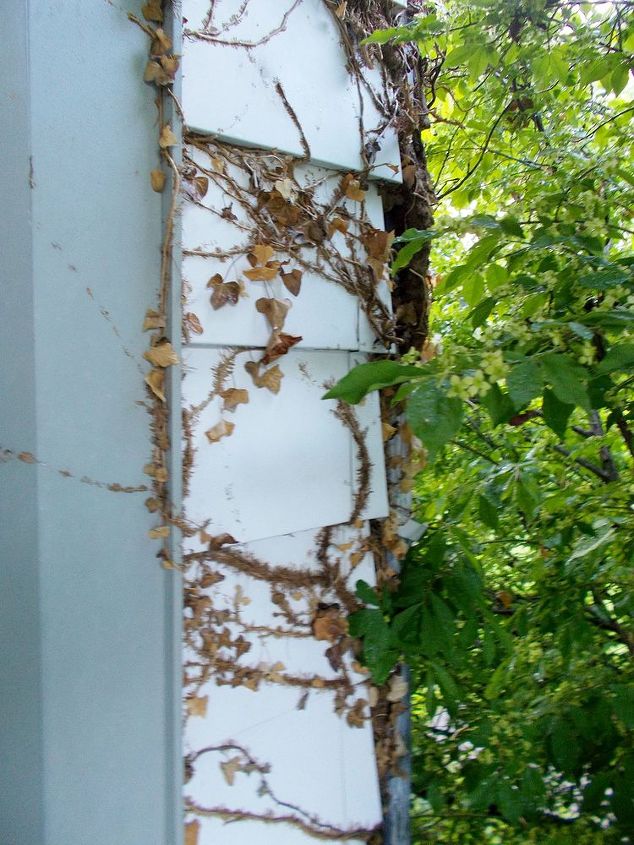
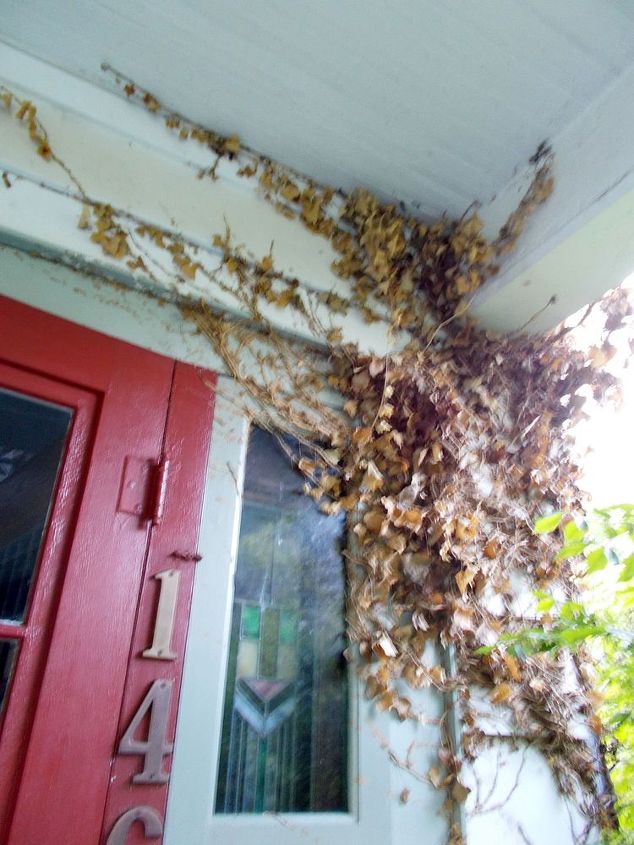

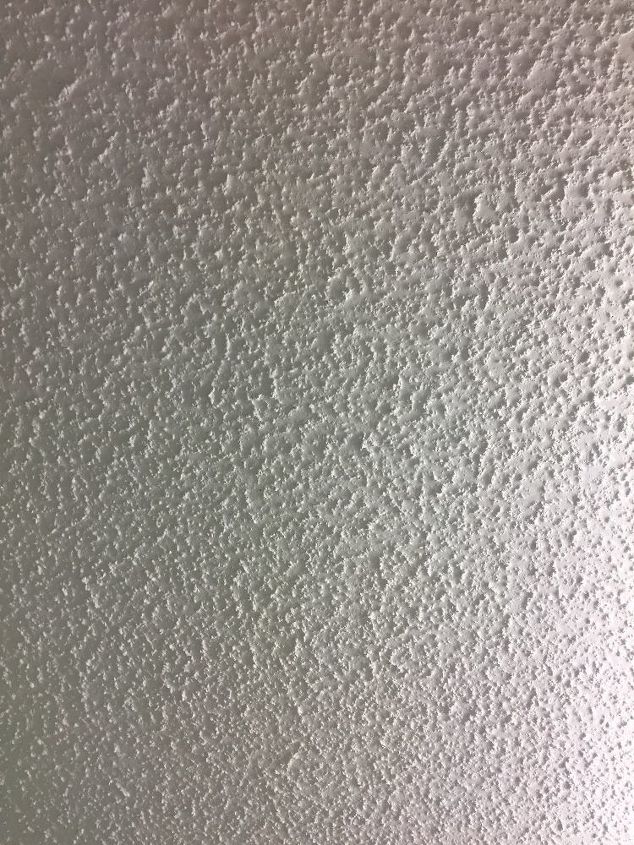
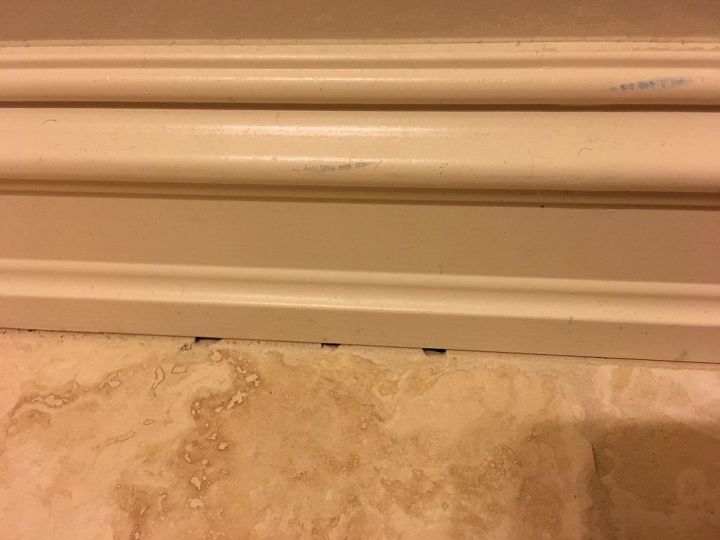
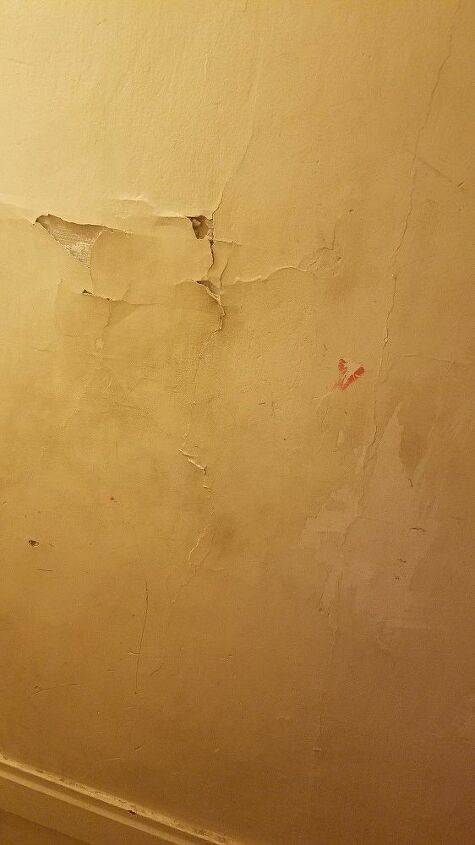
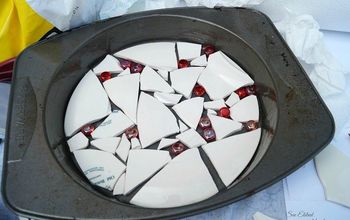
I tried a lot of approaches including power washing, bleach and manual wire brush, trisodiumphosphate and manual wire brush, circular wire brush on power drill, etc. Either these did not work at all or were too abrasive to the surface. I have found that using an orbital sander with about 120 grit sanding disc will quickly and easily smooth the surface of wood or hardy board so it is ready for painting without the bumps and lumps from the ivy. This will not remove the wood colored spots from the surface because these spots are actually wood that has embedded itself into the surface. It will however give a smooth surface which is ready for painting. It is not laborious. A couple of passes of the orbital sander will give acceptable results. Don't judge the results of the sanding by eye because some wood colored spots will still be there. Use your hand to feel for smoothness.
We had boston ivy growing on white vinyl siding and metal trim of garage- The little black sucker marks were impossible to remove. I tried scraping them off and used a wire brush to remove them but didn't put a dent in the problem. Decided to try Magic Eraser and while it takes elbow grease it completely removed the sucker marks. Used it on both the siding and the metal trim. It's a slow process but it works.
Wow! thanks Nancy!
Have you considered burning the house to the ground and rebuilding?
This seems to be an ongoing problem for many so I decided to post my trial and error processes of elimination techniques so everyone can get an idea of what worked for me, what failed, and what essentially worked, albeit with residual damages to the siding.
First off, for brick, the answer may be obvious for some but I’ll delineate anyway: use either a low grit sander for fastest results because the brick is impermeable to the rapidity of the abrasive motions, and to make the job much easier, first soak the areas to be cleaned, allow it to somewhat “dry” overnight (6-8 hours), but make sure its still slightly damp before starting and this cut your efforts by half.
Second, as for the more easily damaged surfaces, such as siding, you’re going to want to dilute the soaking process with vinegar, dish soap or fabric softener (approximately 2 cups/galleon h2o), allow it to set for 4-8 hours (timeframe pending your climate as dry climates will need less time while moist or humid climates will need a bit more time), make sure the residuals are softened but not wet before starting, then test a small area that isn’t very noticeable to find a good setting for your power washer. Once you’ve adjusted the setting accordingly (taking extra care to ensure that your angle, position and stance works with your setting, or that you adjust your setting as you maneuver yourself around the house; this'll prevent against discrepancies in your overall results, ensuring that the outcome is evenly distributed with likened results generally speaking), then you can either mix in a siding cleaned additive or dish soap, and start spraying! If you have a two story house, you may need a ladder depending on the variability of your pressure settings and the height of your home, but this’ll essentially remove all visible residuals from your siding without removing/damaging it. If you really want to go all out, when finished, you can follow up with a generic siding cleaner (I personally prefer the Krud Kutter®️ brand) that you can attach to your water hose, and/or then you can do minor paint touch ups here and there as needed to improve the overall outcome and curb appeal of your home. The next thing you’d want to do (if it’s feasible for your landscaping desires) is to pour kerosene, lighter fluid, gasoline etc on the roots of the vine (carefully so as not to splash it anywhere it doesn’t need to be and to minimize environmental effect, and of course fire hazards that may otherwise arise.) Once the rooting has died and you’ve removed it, we placed lava rocks (or any decorative product) down over the area from where it originally grew (note that weedkiller, nor weed netting will prevent them from growing back but you can use either or in adjunct to the rocks) to prevent it from growing back again. Hope this’ll save some people massive trial and error time, and please note that results won’t likely be typical for everyone as I’ve only had one home to which I had to do this at least twice in the past five years, but for me, it’s worked every time! Or I should say that removing it worked both times but the rock tip is a resultant of our attempt to rely on netting alone to prevent it from returning, thus my advisement to lay 2” of rock decor atop the netting or long term weed killer is what I learned the second time around and now we’ve been vine and vine pod free since 2016! Ok, hope this helps and good luck to all future readers!
I just removed ivy from painted aluminum siding. First I wet it with a sponge using a warm water and dish soap solution. Then, I scraped it off with a plastic putty knife until there was very little material left. Finally, I used a magic eraser to remove the stains from the siding. You can't even tell I had Ivy on it. Hope this helps someone.